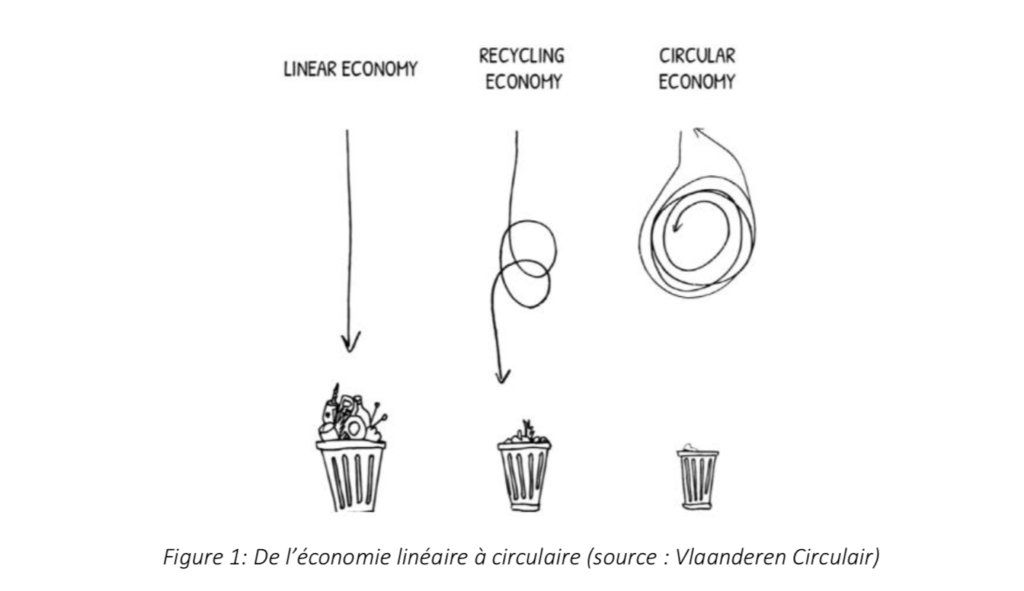TFE by Amélie Halbach presented in June 2019 at the ARCHI faculty of ULiège
Promoter S. Jancart – Member of the Jury H. Maillot
KEY WORDS
BIM – Circular economy – Design for Deconstruction – Material passport – Life cycle – Waste management – Reuse – Sustainable development
The objective of this work is to study practices that maximise the future reuse of new materials and components. In particular, to show how BIM and its integration with material passports maintained throughout the life cycle of a building can encourage and facilitate the reuse of materials and equipment. The integration of BIM tools and material passports should make it possible to study the technical feasibility and compare the economic profitability of different scenarios of selective deconstruction and reuse on or off site and to more easily establish the pre-demolition audit. The BIM model should be able to provide the framework for handling and structuring this data.
We analyse the difficulties encountered by architects through the combination of BIM and circular economy, and the BIM tools/functionalities that architects would like to see appear on the market. We also look at how to estimate the recirculation potential of a building element, the criteria to be evaluated and documented in the as-built model, and where and how to store this information. In addition, we observe that the advent of these new practices implies new skills to be acquired and even new trades to be created.
